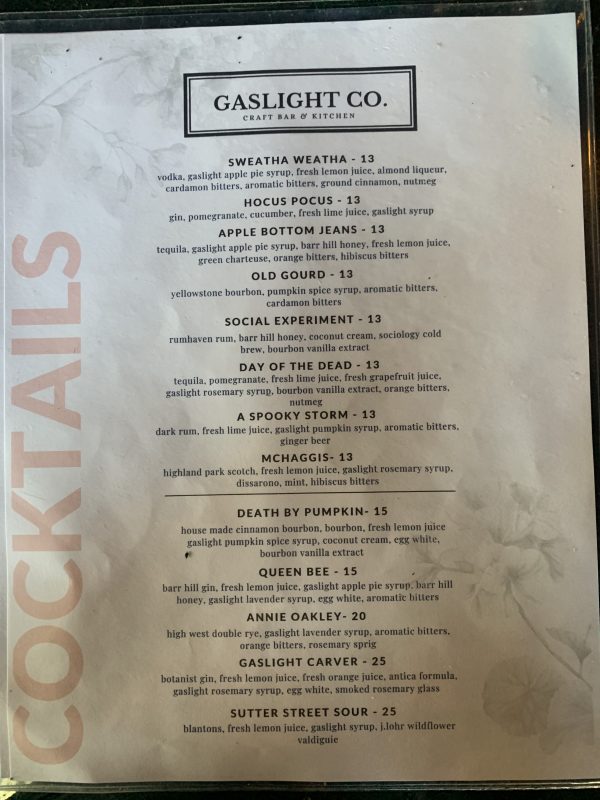Are you one of those people who always reaches for a cold beer on a hot summer day, but have you ever stopped to think about why beer tastes better when it’s cold? You’re not alone in your preference for a chilled pint, and it’s not just because it’s refreshing. In fact, there are some very good reasons why beer is almost always served cold, and it has to do with the way the flavors and aromas are affected by temperature.

Get an Official Zagat Restaurant Guide
The Science Behind Cold Beer
According to Geoff Bragg, Master Beer Judge for BJCP, cold temperatures favor carbonation but mask the full potential of flavors and aromas. “From a technical standpoint, beer doesn’t really taste better colder, you just taste less of it,” Bragg says. “A beer that is just above freezing will lack noticeable aroma and flavor.” This might seem counterintuitive, but bear with us – it’s actually quite interesting.
How Temperature Affects Flavor and Aroma
When beer is served cold, the flavors and aromas are suppressed, which can make it seem like the beer tastes better. But what’s really happening is that the cold temperature is preventing you from experiencing the full range of flavors and aromas that the beer has to offer. Bragg explains that beer served on tap is generally kept around 38F and will warm up as you drink it, which is when the aromas and flavors will become more apparent. This is why it’s a good idea to let your beer sit for a minute or two after pouring it from a cold bottle or tap – it allows the flavors and aromas to come out and play.
| Temperature | Effect on Flavor and Aroma |
|---|---|
| Just above freezing | Lack of noticeable aroma and flavor |
| 38F (typical tap temperature) | Aromas and flavors begin to emerge |
| 40-45F | Flavors and aromas start to become more apparent |
| 50-55F | Optimal temperature range for complex beers |

Get an Official Zagat Restaurant Guide
The Role of Carbonation
Carbonation is another important factor to consider when it comes to the temperature of beer. Bragg explains that carbonation is held in solution at lower temperatures, which is why kegged beers are traditionally kept at 38F. “Ever open up a warm beer?” he asks. “All that CO2 is coming out of solution and into your lap.” This is why keeping beer cold is important – it prevents a pint full of foam and delivers those delightful bubbles for a satisfying finish.
The Relationship Between Carbonation and Temperature
Carbonation is less of a flavor and more of a mouth feel, but it’s still an important part of the beer-drinking experience. When beer is served cold, the carbonation is more pronounced, which can make the beer seem crisper and more refreshing. But as the beer warms up, the carbonation becomes less intense, which can make the beer seem flatter.
| Temperature | Effect on Carbonation |
|---|---|
| Cold (just above freezing) | Carbonation is more pronounced |
| 38F (typical tap temperature) | Carbonation is still present, but less intense |
| 50-55F | Carbonation becomes less intense, beer may seem flatter |

Different Temperatures for Different Beers
The ideal temperature for beer depends on the type of beer you’re drinking. Light beers with a low ABV and more subtle tasting notes, such as lagers and hoppy pale ales, benefit from colder temperatures because they’re meant to be crisp and refreshing. On the other hand, heavier beers with higher ABV, such as porters and stouts, are better served at warmer temperatures to bring out their complex tasting notes and aromas.
A Guide to Serving Temperatures for Different Beers
| Beer Style | Ideal Serving Temperature |
|---|---|
| Lager | 38-45F |
| Hoppy Pale Ale | 38-45F |
| Pilsner | 38-45F |
| Porter | 50-55F |
| Stout | 50-55F |
| IPA | 50-55F |
In conclusion, the next time you reach for a cold beer, remember that there’s more to it than just refreshing taste. The temperature of the beer can greatly affect the flavors and aromas, and the ideal temperature will depend on the type of beer you’re drinking. So go ahead, experiment with different temperatures, and find the perfect pint for you.
Get an Official Zagat Restaurant Guide






